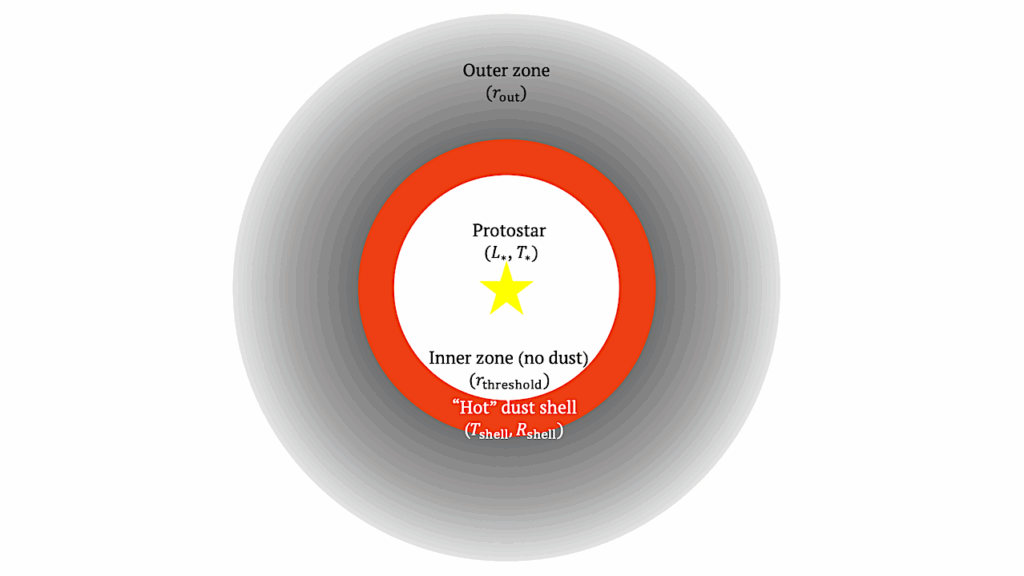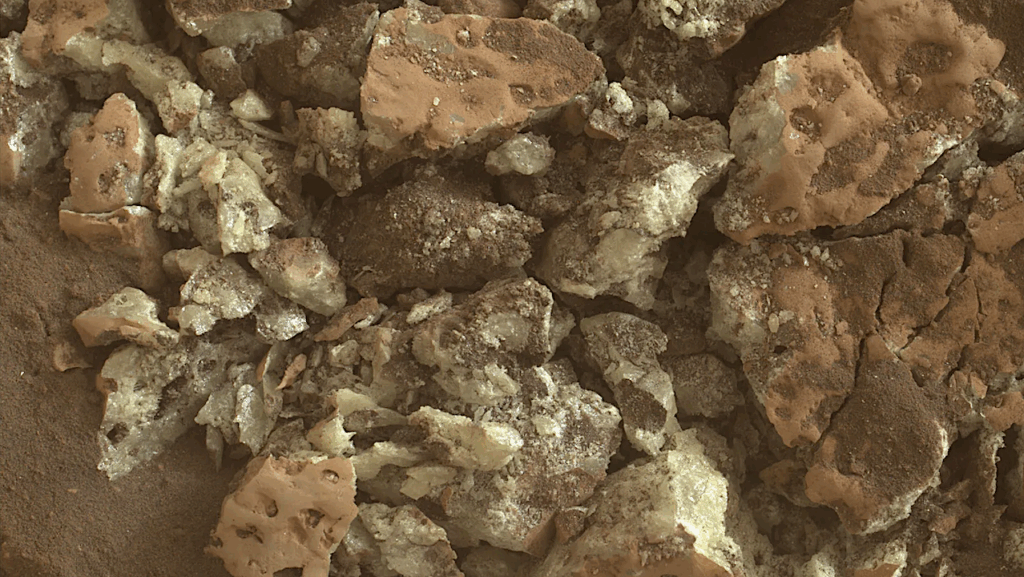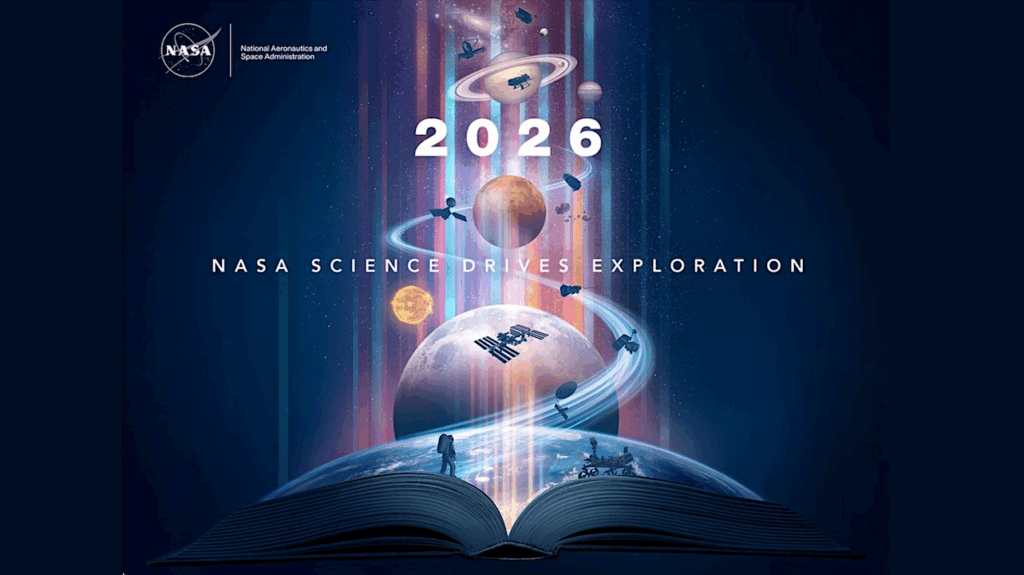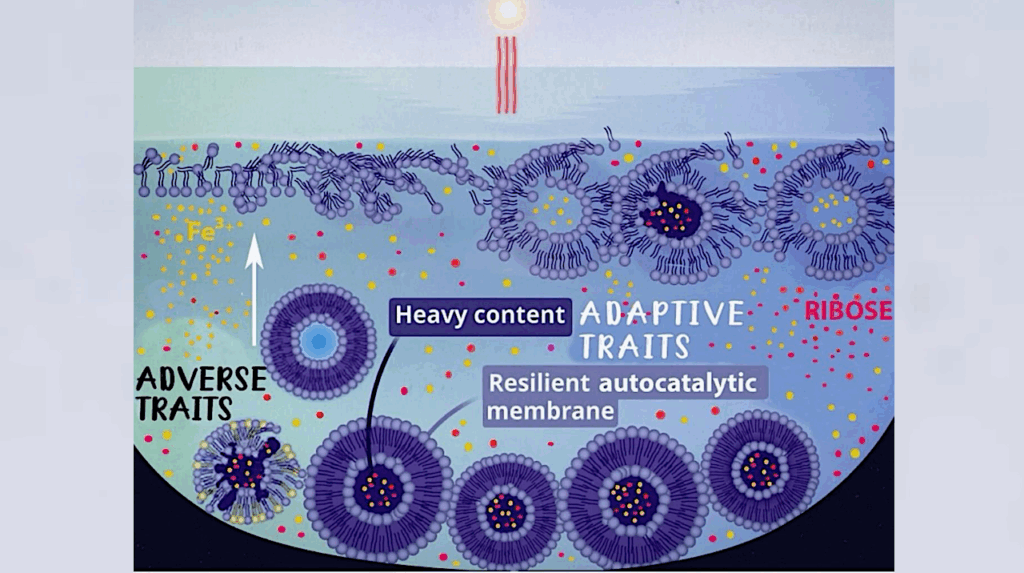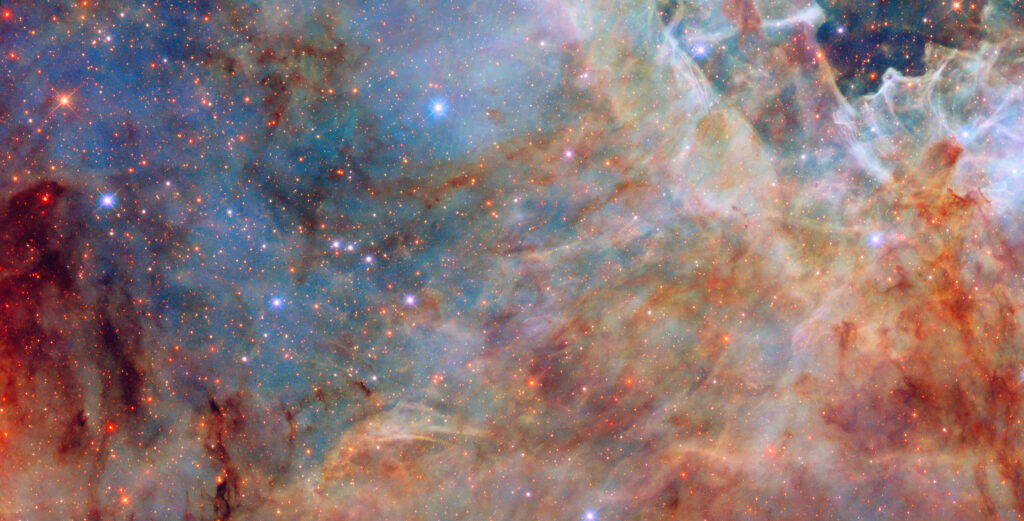Molecular Structure, Dynamics, and Vibrational Spectroscopy of the Acetylene:Ammonia (1:1) Plastic Co-Crystal at Titan Conditions

The Saturnian moon Titan has a thick, organic-rich atmosphere, and condensed phases of small organic molecules are anticipated to be stable on its surface.
Of particular importance are crystalline phases of organics, known as cryominerals, which can play important roles in surface chemistry and geological processes on Titan.
Many of these cryominerals could exhibit rich phase behavior, especially multicomponent cryominerals whose component molecules have multiple solid phases. One such cryomineral is the acetylene:ammonia (1:1) co-crystal, and here we use density functional theory-based ab initio molecular dynamics simulations to quantify its structure and dynamics at Titan conditions. We show that the acetylene:ammonia (1:1) co-crystal is a plastic co-crystal (or rotator phase) at Titan conditions because the ammonia molecules are orientationally disordered.
Moreover, the ammonia molecules within this co-crystal rotate on picosecond timescales, and this rotation is accompanied by the breakage and reformation of hydrogen bonds between the ammonia hydrogens and the {\pi}-system of acetylene. The robustness of our predictions is supported by comparing the predictions of two density functional approximations at different levels of theory, as well as through the prediction of infrared and Raman spectra that agree well with experimental measurements. We anticipate that these results will aid in understanding geochemistry on the surface of Titan.
Atul C. Thakur, Richard C. Remsing
Comments: 11 pages, 9 figures, 2 tables
Subjects: Chemical Physics (physics.chem-ph); Earth and Planetary Astrophysics (astro-ph.EP); Materials Science (cond-mat.mtrl-sci)
Cite as: arXiv:2210.12188 [physics.chem-ph] (or arXiv:2210.12188v1 [physics.chem-ph] for this version)
Submission history
From: Richard Remsing
[v1] Fri, 21 Oct 2022 18:31:09 UTC (2,689 KB)
https://arxiv.org/abs/2210.12188
Astrobiology, Astrochemistry


